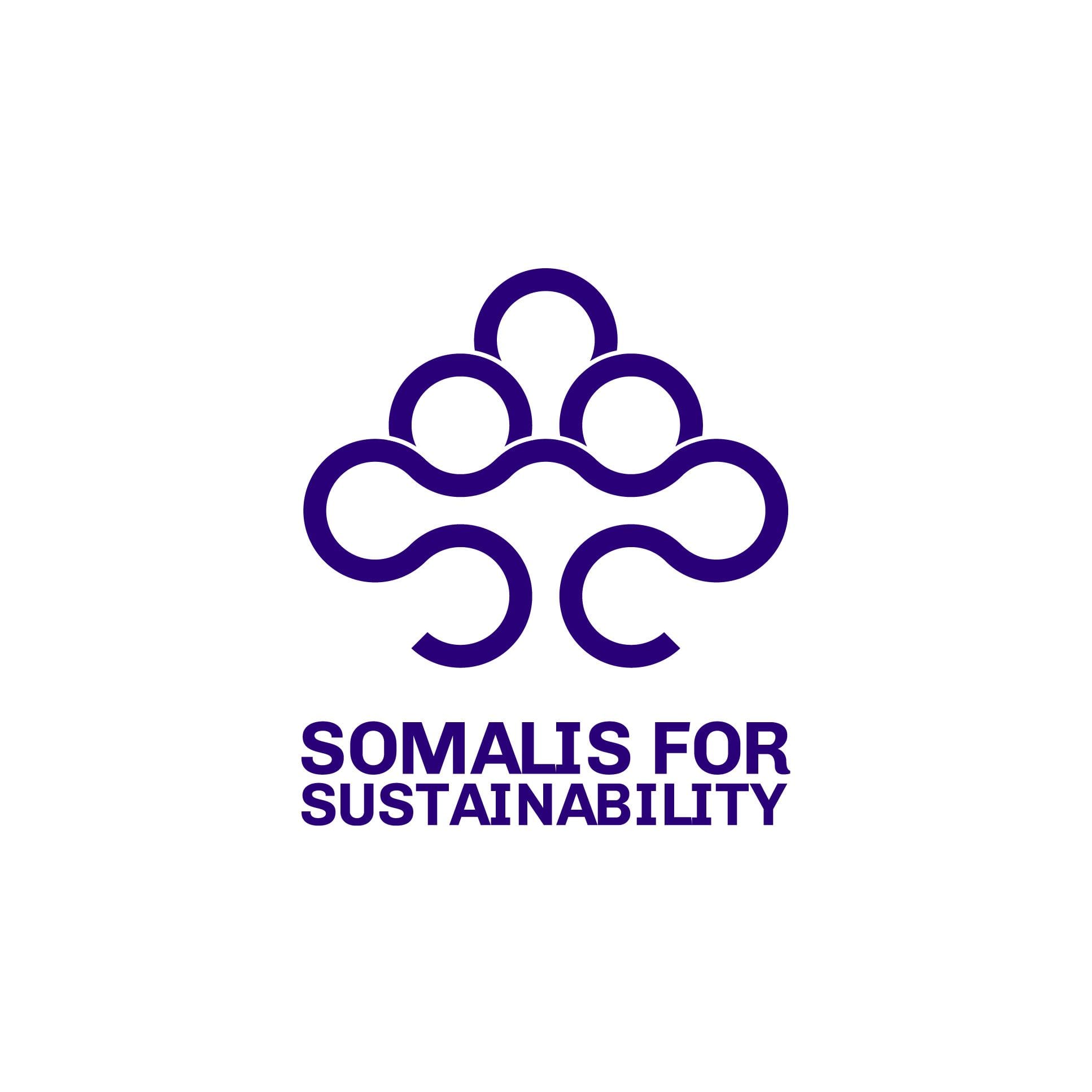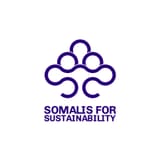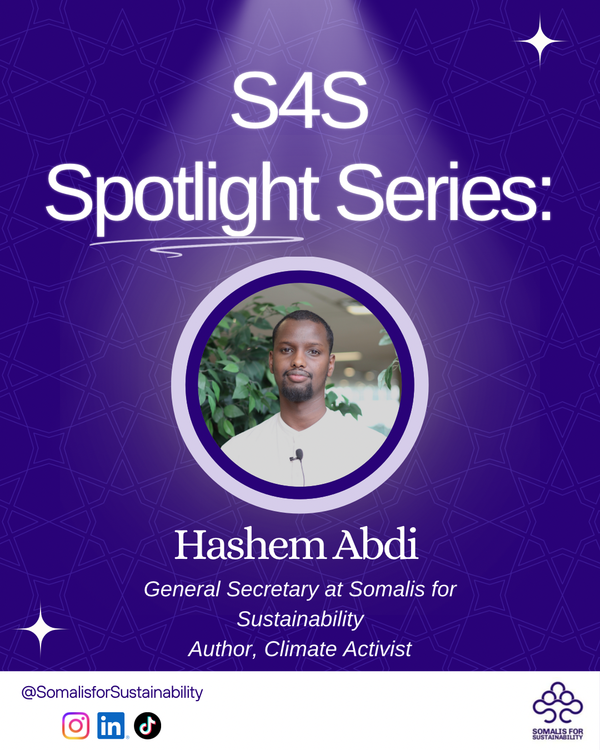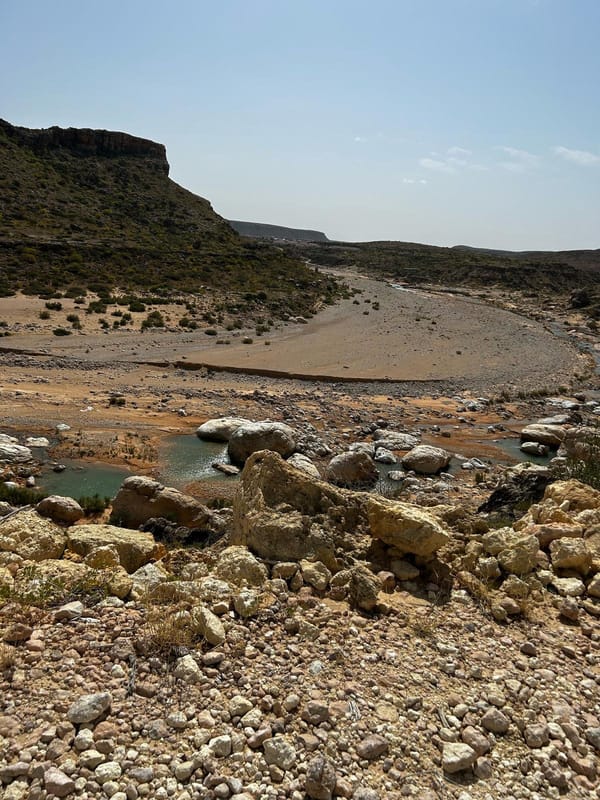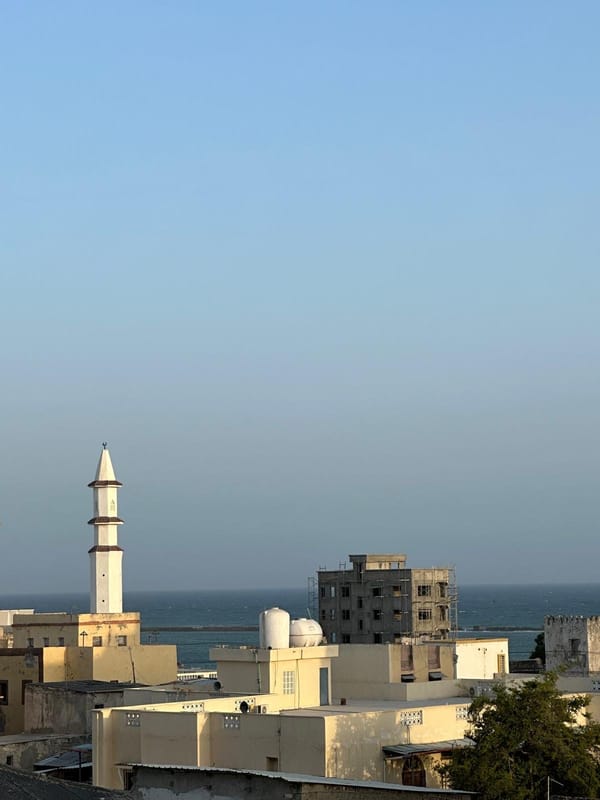Maydi Newsletter: September
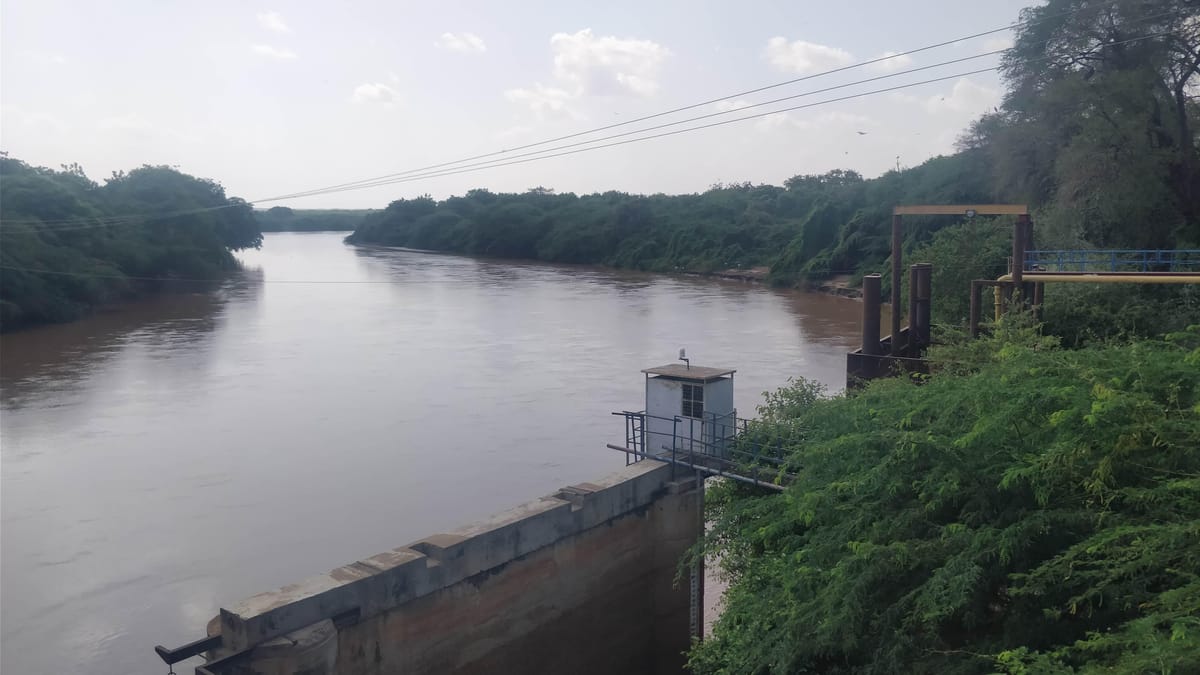
Hi everyone,
Welcome to this month's edition of the Maydi Newsletter, your go-to source for the latest updates on sustainability in the Somali Horn. The moment you've been waiting for is finally here! In this issue, we share more about our work on the ground in Somalia.
We also explore strategies and initiatives to finance Africa’s Future, youth vulnerability and resilience, and how communities are adapting to climate change and ensuring food security and livelihoods in the face of environmental challenges.
Thank you for reading, as always!
S4S NEWS
LCOY Somalia 2024: Youth leading the change in climate action

Held on August 27th and 28th, 2024, Somalia's first-ever Local Conference of Youth (LCOY) on Climate Change marked a significant milestone in the country's youth-led climate movement. The event embodied LCOY's mission to empower young people to lead climate action and sustainable development within their local and national contexts. The theme “A Sustainable Future Powered by Youth,” highlighted the vital role of Somali youth in driving climate initiatives and their responsibility in building a climate-resilient future, especially given Somalia’s vulnerability to climate change.
LCOY provides young people with the tools, resources, and platforms to influence climate policy and work towards building resilient, sustainable communities. Over the two-day program, the inaugural LCOY Somalia covered diverse topics such as climate resilience, green skills, and the links between climate change and conflict. The conference created a collaborative space for Somali youth to engage in meaningful discussions and forge partnerships to lead climate projects.
Hashem Abdi, one of the organizers of LCOY Somalia and a co-founder of S4S, reflected on the journey of bringing LCOY Somalia to life: "LCOY Somalia started as just an idea, but with determination and the right partners, it became a reality. One of the biggest challenges we faced was raising awareness, as many people in Somalia had never heard of the Local Conference of Youth. Overcoming knowledge gaps, securing funding, and managing capacity issues was far from easy. Yet, we were committed to giving young Somalis, some of the most climate-vulnerable people in the world, a platform to raise and voice their concerns."
Despite these challenges, Hashem highlighted the remarkable enthusiasm and engagement of the participants. "Delegates stayed through long sessions, fully immersed and absorbing as much knowledge as they could. The event culminated in a powerful moment: the creation of the first-ever Somali National Youth Statement. For everyone involved, it was an honour to contribute to such a historic milestone. This is just the beginning of the youth-led work that will continue in the region, driving forward with a greater purpose."
For an in-depth look at the extensive planning behind LCOY and its key highlights, explore the comprehensive report available online.
What is the latest in the Horn?
Climate-Proofing the Horn
The Green Climate Fund project, valued at an estimated $335.5 million, aims to avoid 14.1 tonnes of emissions and benefit 20.2 million people. The project targets sectors such as ecosystems and ecosystem services, energy generation and access, forest and land use, health, food, water security, and the livelihoods of people and communities.
This project aims to enhance the resilience and adaptive capacity of communities in the Horn of Africa by focusing on agriculture, rangeland management, renewable energy, and financial assistance. It seeks to improve agricultural productivity, promote sustainable land management, and implement infrastructure and technological innovations for community resilience.
Key components include water harvesting, climate-smart technologies, renewable energy access, and capacity building through training and support for cooperatives and agribusiness MSMEs (Micro, Small, and Medium Enterprises) in entrepreneurship and sustainable practices. The development of skills and knowledge for effective land and resource management for cooperatives and agribusinesses. Support through financial instruments like credit lines and agricultural insurance makes this project feasible. The project also emphasises the provision of systems to provide timely climate information and early warnings for extreme weather events, by empowering communities with the knowledge to make informed decisions based on climate data.
Expected outcomes include improved food security, strengthened community resilience, sustainable livelihoods, and environmental sustainability. By engaging local communities, governments, and international partners, the project aims to build local capacities and establish robust monitoring and evaluation systems, ultimately fostering a resilient and sustainable future for the region.
In this blog, IOM UN Migration delved into youth migration patterns, the influencing factors, and the role climate plays in these dynamics. The article drew on key themes such as job security, gender, and education to provide a comprehensive analysis.
Prolonged and recurring humanitarian crises in the East and Horn of Africa (EHoA) region have forced millions to flee their homes. As of 2021, the region hosts 13.2 million forced migrants, with 9.6 million internally displaced and 3.6 million refugees and asylum seekers. This significant increase from previous years is due to conflict, violence, political persecution, and climate-related hazards such as droughts and floods.
Somalia faces a complex interplay of climate change and conflict, leading to significant migration flows. In 2021, Somalia experienced 160,432 out migrants and 121,095 incoming migrants, mainly from Ethiopia. Young people, aged 18 to 29, constitute 33 per cent of these migrants, driven by a lack of job opportunities, exposure to violence, and marginalisation. Despite having completed primary or secondary education, only 17% of these youths were employed before migrating.
Popular destinations for Somali youth include the Middle East and the Abyei Administrative Area, offering opportunities and employment. Climate change, while not a primary migration driver, exacerbates socio-economic challenges like declining job opportunities and food insecurity. Addressing youth migration requires comprehensive data analysis to inform targeted policies and interventions. Initiatives like the collaboration between UN OCHA and IOM to enhance IDP data collection in Somalia aim to bridge data gaps and better understand humanitarian needs.
Data is crucial for understanding the scope of the problem and recognizing the intrinsic role of climate change in everyday life. However, without actionable goals, the issue will continue to detrimentally affect our youth and future generations. These studies are a step in the right direction, helping to understand how climate change and conflict interact with various socio-demographic settings, thus making a significant difference in the lives of young migrants by assisting them in navigating the complexities of migration while protecting their well-being and prospects.
In other regional news 🌎
The Mo Ibrahim Foundation, established in 2006, is dedicated to supporting good governance and leadership in Africa. Founded by Sudanese businessman Mo Ibrahim, the foundation aims to promote sustainable development, prosperity and democratic governance across the continent. It is renowned for initiatives such as the Ibrahim Index of African Governance (IIAG), which measures the quality of governance in African countries.
The Mo Ibrahim Foundation discusses that Africa faces immense challenges in meeting its financial needs for development and climate adaptation. Evaluating the financial needs of Africa's development and climate financial needs is difficult due to variable and frequently updated data from multiple sources. However, despite these data complexities, it's clear that goals are unmet and financial needs are overwhelming. Only two of the 17 UN Sustainable Development Goals (SDGs) show significant progress in Africa, however, there were significant challenges in goal 2 zero hunger and goal 3 good health. Annual financing requirements for SDGs range from $870 billion to $1.3 trillion, with climate change posing an additional $50 billion annual threat by 2030. Adaptation needs are prioritised, with a staggering $579 billion required between 2020-2030. Currently, available resources fall short, with climate finance covering less than 11% of the estimated annual needs.
Africa's share of global Official Development Assistance (ODA) has declined, largely due to increased allocations to Europe as a result of the Ukraine conflict. Major donors include the World Bank and the US, with non-DAC countries like Saudi Arabia increasing their contributions. However, Africa's external public debt has soared to $655 billion, with 28 countries in debt crisis. Investment attractiveness remains low, with Africa recovering only 3.3% of global Foreign Direct Investments (FDI). Addressing public debt, improving investment climates, and mitigating risk are crucial for sustainable growth.
Domestic Resource Mobilisation (DRM) is vital, aiming to cover 75-90% of Agenda 2063’s financing needs through improved fiscal policies, natural resources management, and leveraging institutional savings. Africa loses up to $100 billion annually to illicit financial flows (IFFs) highlighting the need for improved and robust tax systems and international cooperation. Remittances, sovereign wealth funds (SWFs), and pension funds are underutilised assets, combining these assets will reach significant portions of GDP. Africa’s vast economic assets, which include critical mineral reserves and a young population, offer potential for growth if local processing and value additions are enhanced. Good governance and efficient resource management are essential for unlocking these opportunities.
Somali word of the month: Abaar (ab-aar) Drought 🏜️
The Somali Horn faces an ongoing struggle with recurring droughts that are exacerbated by climate change leading to severe water shortages, crop failures and livestock death. The arid landscape, coupled with erratic rainfall patterns, makes the Horn of Africa particularly vulnerable to these natural disasters. Implementing sustainable agriculture practices, such as drought-resistant crop varieties, improved irrigation systems, and soil conservation techniques, can enhance food security. Additionally, investing in water harvesting and storage infrastructure can ensure a more reliable water supply.
🗣Upcoming events/news:
📚 Climate Action and Stories from the Horn: London, UK 🇬🇧📍 October 19th 2024 @4pm
Join us for an exciting event during Somali Festival Week, where we'll explore the role of storytelling in climate action, effective communication strategies, real-world examples, and how stories can drive change in the Somali Horn. Get your tickets here!
🌳 The Future of Climate Action: Transforming Challenges to Opportunities: 📍Frankfurt, Germany 🇩🇪 October 26th @4pm
We invite you to join us for our first-ever Somalis for Sustainability x Seven Nomads event in Frankfurt. We will discuss how Eastern Africa, a region heavily impacted by climate change, can transform challenges into opportunities. Join us for an interactive workshop and Q&A session. Be a part of the conversation, register here.
📺 NEW Somalis for Sustainability Youtube Channel :
Did you miss our first webinar? Somalis for Sustainability has launched a YouTube channel to showcase all virtual webinars aimed at increasing climate education within the community.
Catch up on our 'Clean Energy Transitions—Lessons for Somalia' webinar, featuring insights from Bruno Idini, Analyst at the International Energy Agency (IEA) with the World Energy Outlook team, in the video below.
Enjoyed reading? If you haven't already, sign up below so you don't miss out on future content.
